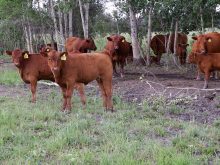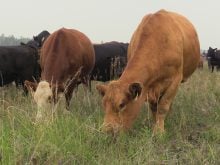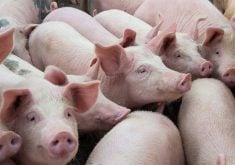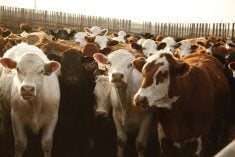Nutritionist tells producers that preparing calves for backgrounding starts with developing a solid frame for the animal
The weaning process can be stressful for calves, which can cause susceptibility to disease, specifically bovine respiratory disease, says veterinarian Daniel Pecoskie.
Combined with transportation, mingling of cattle in crowded pens and changes in weather and feeding patterns, it can cause various health problems.
“Typically, following stress, you’re going to see cases of pneumonia peak in the first seven to 10 days,” Pecoskie said during a recent Beef Cattle Research Council webinar.
This will be demonstrated in a combination of symptoms including fever, shallow breathing, listlessness and wet cough.
Read Also
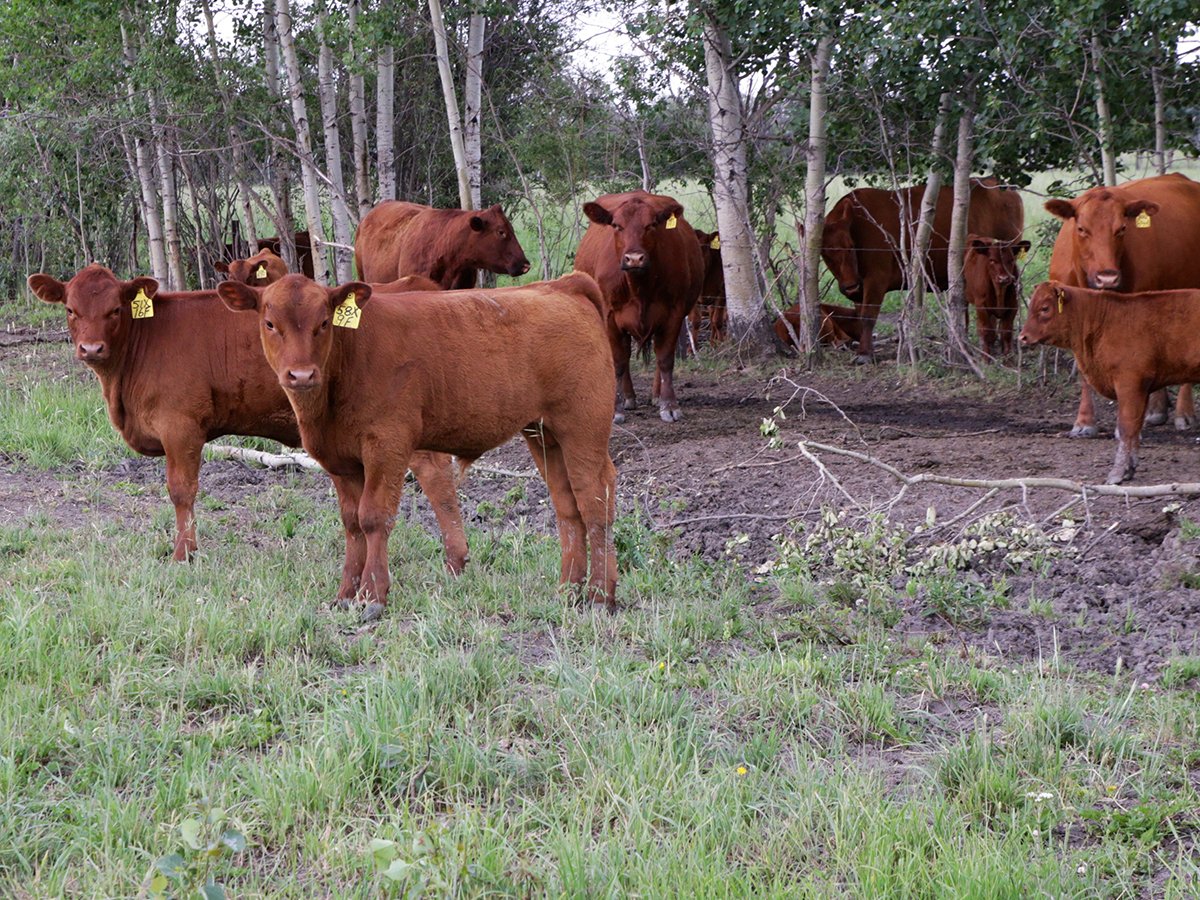
Feeder market continues the climb
For the week ending Aug. 30, Western Canadian feeder cattle markets traded $4-8 per hundredweight higher on average.
Pre-conditioning calves through deworming, providing adequate bunk adjustment, castration and dehorning early with pain control measures are all good practices, said Pecoskie. However, vaccination can also provide benefits to both the animal and producer, he added.
“Often times, vaccines themselves will bring premiums; a lot of guys are looking for vaccinated calves,” said Pecoskie, suggesting vaccination should occur three to four weeks prior to periods of stress.
“Deworming and bunk adjustment, it’s definitely appreciated by the feedlot that is buying them but often the cow-calf guy isn’t seeing the premium on his end for that.”
Regular checks on herds in and outside the pen and identifying calves that appear to lag with their heads down are indicators that should be investigated further, said Pescoskie.
Preparing calves for backgrounding starts with developing a solid frame for the animal, according to ruminant nutritionist Christine Rosser.
Cautious ration transitions are key as microbes used in the digestion process of calves will need time to adapt, said Rosser.
“When we are switching from high forage rations to high grain rations, we really need to keep in mind different microbial populations present within that are going to be in charge of digesting those two different rations.”
There will be variations in calves transitioning to backgrounding — some will be fine while others will be fussy — but encouraging the former will assist in attracting the latter and start the process.
Providing easy access to clean fresh water — if in water bowls, ensuring that they are low enough that they can be reached by calves — is essential, said Rossler.
“If they are not drinking, they will not eat.”
There are also considerations around weaning during a drought, she said. That includes assessing whether adequate minerals and vitamins were retained from stressed pasture.
Veterinarian Brian Warr said backgrounding is not for everyone and the decision should be weighed against risk and access to feed.
One of the most effective ways to do that is through the BCRC backgrounding calculator. Weaning weight, market price, backgrounding duration and feed costs can be entered into the free calculator to provide revenue projections.
“(It’s) an extremely powerful tool and I think it’s really cool BCRC has made this available for us producers,” said Warr.
However, backgrounding is not a one-size-fits-all decision, said Warr, and it’s important to understand the true cost of weight gain in calves.
“What I want for you to do is really think about how can I make backgrounding be something that makes my operation better,” said Warr.




